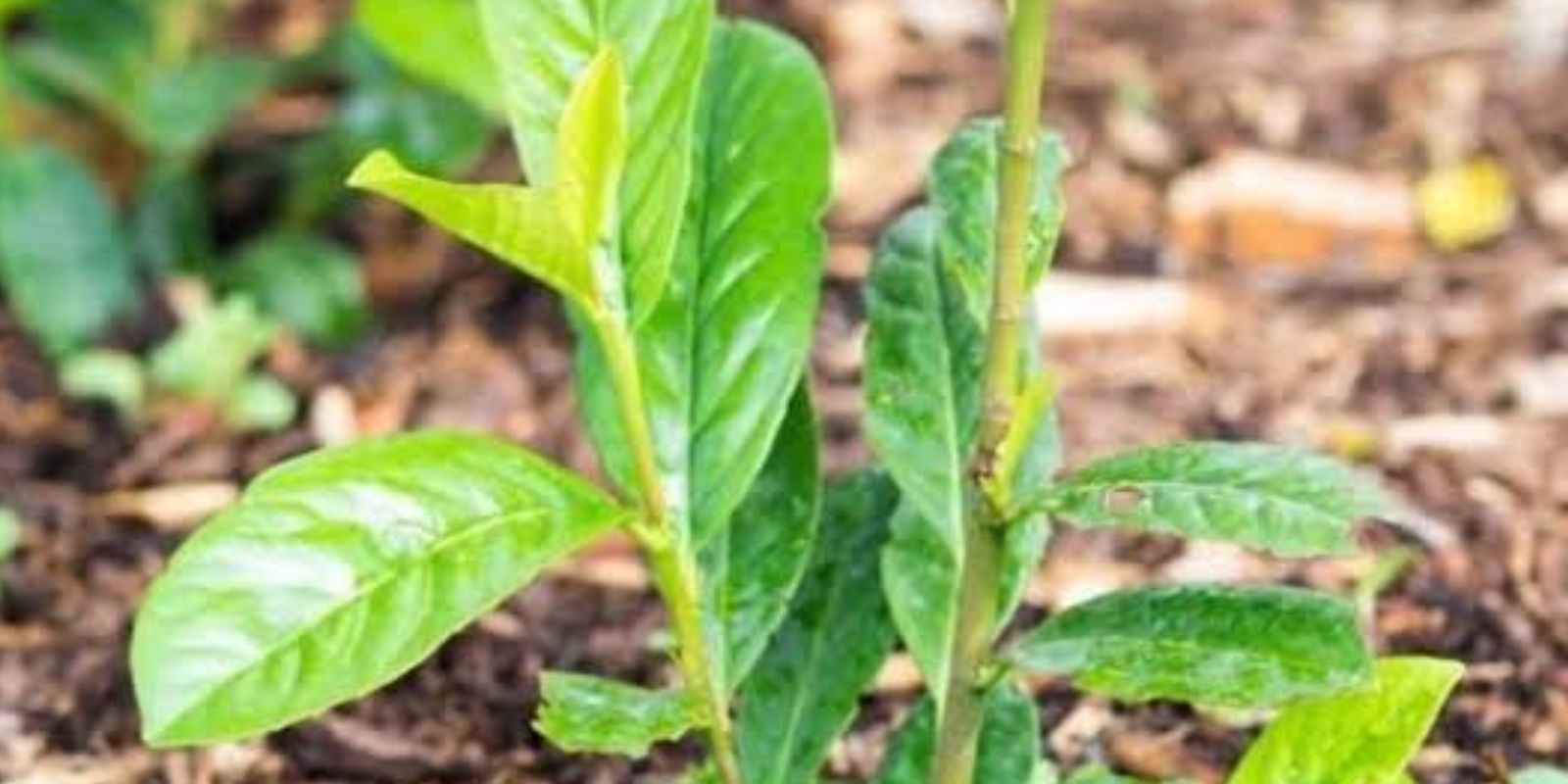Kirschlorbeer, or Cherry Laurel (Prunus laurocerasus), is a popular evergreen shrub known for its glossy green leaves and ability to form dense hedges. Its hardy nature, adaptability, and low-maintenance requirements make it a favorite among gardeners. Whether you’re looking to create a natural privacy screen or add a touch of elegance to your garden, Kirschlorbeer is an excellent choice. This article will walk you through the essentials of planting, pruning, and maintaining Kirschlorbeer for a thriving, beautiful hedge.
1. Planting Kirschlorbeer
Proper planting is the foundation for healthy and vibrant Kirschlorbeer shrubs. Here’s how to get started:
Ideal Location
- Light: Kirschlorbeer thrives in partial shade but can tolerate full sun or deep shade. However, a partially shaded, wind-protected spot is ideal for optimal growth.
- Shelter: Protect the shrub from strong winds, which can damage young plants or dry out the soil too quickly.
Soil Requirements
- Type: The soil should be well-draining to prevent root rot. Avoid heavy clay soils that retain water.
- Nutrients: A humus-rich, slightly acidic to neutral soil pH (around 6.0-7.0) is ideal. Adding compost or organic matter can improve soil quality.
Planting Time
- When to Plant: Spring or autumn are the best times to plant Kirschlorbeer. Avoid extreme temperatures and frost during planting.
Planting Steps
- Dig a hole that is twice as wide and as deep as the root ball.
- Loosen the soil at the bottom of the hole to encourage root growth.
- Place the plant in the hole, ensuring the root ball is level with the soil surface.
- Backfill with a mixture of soil and compost, gently firming it down to remove air pockets.
- Maintain a planting distance of 80-100 cm for hedges to allow space for growth.
- Water thoroughly after planting to help the roots establish.
2. Pruning Kirschlorbeer
Regular pruning is essential to maintain the shape and health of your Kirschlorbeer hedge. It also encourages bushier growth and keeps the plant looking neat.
When to Prune
- Spring: The best time to prune is in early spring before new growth begins.
- After Flowering: For varieties that bloom, prune immediately after the flowers fade.
- Autumn: Light pruning can be done in autumn, but avoid cutting too close to frost as new cuts may not heal properly.
Pruning Technique
- Use clean, sharp pruning shears or hedge trimmers for precise cuts.
- Trim no more than one-third of the plant’s overall growth to avoid stressing it.
- Avoid cutting into old wood (dark, hard stems) as Kirschlorbeer does not regenerate from old wood.
- Remove dead, diseased, or damaged branches to improve airflow and reduce the risk of pests and diseases.
Shaping the Hedge
For an aesthetically pleasing hedge:
- Prune the sides slightly narrower than the top to allow sunlight to reach all parts of the plant.
- Maintain a uniform height and width based on your desired look.
3. Maintaining Kirschlorbeer
Proper maintenance ensures that your Kirschlorbeer remains healthy and lush throughout the year.
Watering
- Young Plants: Newly planted shrubs need regular watering, especially during dry spells. Keep the soil consistently moist but not waterlogged.
- Mature Plants: Once established, Kirschlorbeer is drought-tolerant and only requires watering during prolonged dry periods.
Fertilizing
- Apply a slow-release fertilizer in spring to provide essential nutrients for growth.
- Organic compost or well-rotted manure can be added to the soil annually to improve fertility.
- Avoid over-fertilizing, which can lead to excessive foliage growth at the expense of flowers.
Weeding and Mulching
- Remove weeds around the base of the plant to prevent competition for nutrients and water.
- Add a layer of organic mulch, such as bark or wood chips, around the base to retain moisture, regulate soil temperature, and suppress weeds.
Winter Protection
- Young Kirschlorbeer plants are more vulnerable to frost. Protect them with a layer of mulch around the base to insulate the roots.
- In harsh climates, consider covering the plants with burlap or frost cloth during extreme cold.
4. Common Problems and Solutions
Although Kirschlorbeer is hardy, it can face some issues if not properly cared for:
Yellowing Leaves
- Cause: Overwatering, poor drainage, or nutrient deficiencies.
- Solution: Improve soil drainage, reduce watering, and apply a balanced fertilizer.
Brown Leaf Edges
- Cause: Frost damage or wind exposure.
- Solution: Protect plants with mulch and shelter them from strong winds.
Pests
- Common Pests: Scale insects and vine weevils.
- Solution: Remove pests manually or use organic insecticidal soap.
Diseases
- Common Diseases: Powdery mildew and leaf spot.
- Solution: Prune affected areas and ensure proper spacing for airflow.
5. Benefits of Kirschlorbeer
Kirschlorbeer offers several advantages that make it a valuable addition to any garden:
- Evergreen Beauty: The glossy green leaves provide year-round visual appeal.
- Privacy and Noise Reduction: Its dense growth makes it an excellent hedge for creating privacy and reducing noise.
- Low Maintenance: Once established, Kirschlorbeer requires minimal care.
- Wildlife Friendly: Its flowers attract pollinators, and its berries provide food for birds.
Conclusion
Kirschlorbeer is a versatile and hardy shrub that brings beauty, privacy, and functionality to your garden. By following the tips outlined above, you can ensure your Kirschlorbeer thrives, whether as a hedge, a standalone plant, or a decorative border. Proper planting, regular pruning, and thoughtful maintenance will reward you with a lush, vibrant hedge that’s the envy of every gardener.
🌿 Start your Kirschlorbeer journey today! Share your experiences or tips for growing these stunning shrubs in the comments. Let’s grow together!

